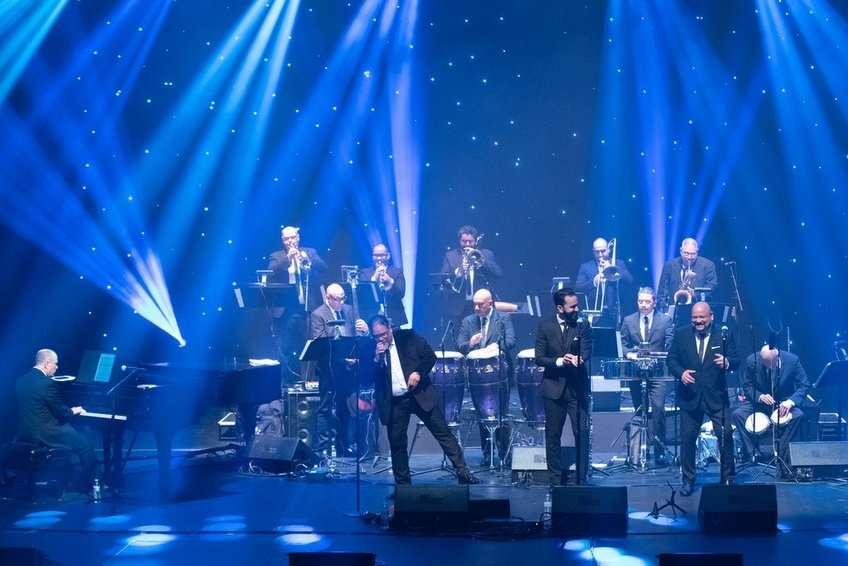
A Latin orchestra is a musical ensemble that specializes in performing a wide range of Latin music genres, such as salsa, merengue, bachata, cumbia, cha-cha-cha, and mambo. Comprising a diverse combination of instruments and musicians, a Latin orchestra typically features brass, percussion, woodwinds, strings, and vocalists, creating a dynamic and rhythmic sound that is characteristic of Latin music.
The significance of a Latin orchestra lies in its ability to showcase the rich cultural heritage and musical traditions of Latin America and the Caribbean. By blending elements of African, European, and indigenous influences, Latin orchestras create a unique and soul-stirring musical experience that resonates with audiences worldwide. The exuberant rhythms, infectious melodies, and passionate performances of a Latin orchestra evoke a sense of joy, celebration, and unity, bringing people together through the universal language of music.
The purpose of a Latin orchestra is multifaceted. It serves as a vehicle for cultural expression and preservation, keeping traditional musical styles alive while also incorporating contemporary influences and innovations. Latin orchestras play a vital role in entertaining audiences at social events, dance performances, concerts, and festivals, showcasing the vibrant diversity and creativity of Latin music.
The history of Latin orchestras traces back to the early 20th century, with the emergence of iconic ensembles like the Buena Vista Social Club, Tito Puente Orchestra, and Fania All-Stars. These pioneering groups paved the way for modern Latin orchestras, influencing generations of musicians and shaping the evolution of Latin music worldwide. Today, Latin orchestras continue to thrive, captivating audiences with their passionate performances and dynamic interpretations of traditional and contemporary Latin music.


